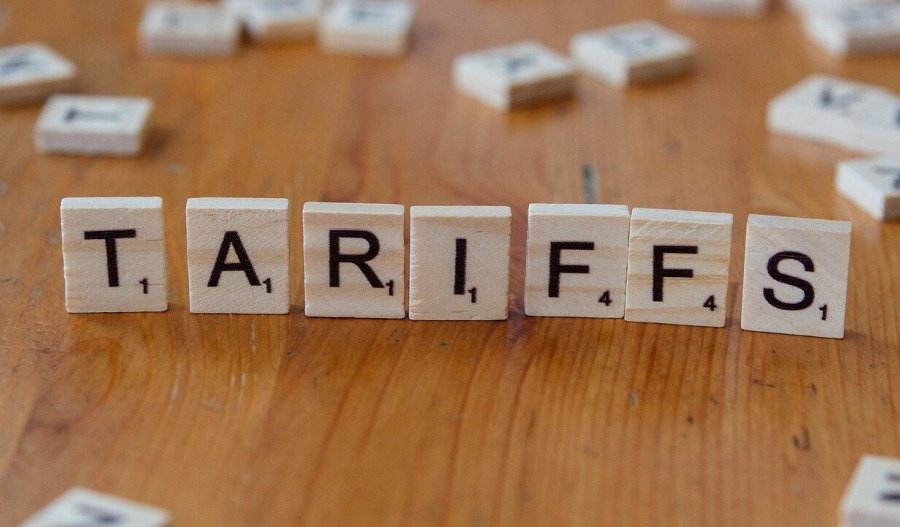As people cast their ballots today and grab a democracy sausage, there is one question at the top of everyone’s minds: who will win the 2025 Australian Federal Election?
Australian Prime Minister Anthony Albanese called the election on 27 May, triggering a five-week campaign for the Labor and Liberal parties, as well as smaller parties.
Some of the most contentious issues the major parties base their campaigns on include the rising cost of living, energy policies, healthcare, immigration and international affairs.
What do the polls show?
While polls have been close during most of the election cycle, more recent polls have shown more favorability towards Labor regaining power.
The most recent poll YouGov poll showed that Australia is likely to re-elect a Labor majority government, with Labor taking 84 out of 150 House of Representatives seats and the Coalition reduced to 47 seats. This would be the lowest percentage of Liberal seats in the federal parliament since 1946.
“This is a dramatic campaign turnaround considering our data in February pointed to a likely Coalition government,” YouGov director of public data, Paul Smith said.
“YouGov’s MRP shows Labor will now win decisively in the outer suburban and regional marginal seats that tend to decide Australian elections.”
A similar trend can be seen in the Guardian Essential poll, with Labor leading the Coalition 52% to 48% on a two-party basis.
The final Essential poll found 32% of voters would give Labor their first preference and 34% for the Coalition. As for the smaller parties, 13% said they would give the Greens their first vote, 10% said One Nation, 2% said Trumpet of Patriots and the other 9% would give independents their first preference support.
A Roy Morgan poll found that if the election were held last weekend, Labor would have won with a 53% majority compared to the Coalition's 47% based on a two-party preferred basis.
However, Roy Morgan CEO Michele Levine said the same trend couldn’t be seen among early voters.
“However, around 2.4 million Australians voted last week (representing over 13% of the total enrolment) and an analysis of early voters shows the Coalition performing better among those who had already voted,” she said.
“These trends suggest the final result could be closer than this poll suggests as we approach election day and we could still be facing a potential minority government if the ALP fails to gain a majority.”
Who won the debates?
Throughout the election cycle, three debates were hosted by Sky News, ABC and Channel 7.
Across all the debates, Albanese was declared victorious.
While Albanese gained a narrow victory over Opposition leader Peter Dutton in the ABC and Sky News debate, he experienced a greater victory during the most recent Channel 7 debate.
For the Channel 7 debate, 50% of voters favoured Albanese, 25% favoured Dutton and the other 25% were undecided.
The areas Albanese was most favourable in include cost-of-living, housing and tax. Dutton was most favourable in the areas of Indigenous affairs and defence.
What’s happening with the minor parties?
The two largest minor parties in this election are Adam Bandt’s Greens and Pauline Hanson’s One Nation.
Bandt has repeatedly said the Greens want to keep Dutton out of government and form a minority government with Labor, tax big corporations and include dental in Medicare.
One Nation has taken a more right-leaning stance, taking an anti-immigration platform, cuts to government sectors, including slashing climate change programs, the National Indigenous Australian Agency and the NDIS.
The Coalition has moved to put One Nation above Labor on their how-to-vote cards, hoping it could push them into government while Labor still pushes for a majority government.
Where are the marginal seats?
While according to polls and debates Albanese seems to have the lead, there are some marginal seats that could still shake up the election.
The top 10 marginal seats according to Nine News are Deakin, Bennelong, Gilmore, Menzies, Sturt, Wentworth, Moore, Lyons, Canning, and Curtin.
Four of these seats are currently held by the Coalition, three are held by Labor and the remaining three are held by independents and all have margins below 2%.
Deakin holds the tightest margin of 0.02% and is currently held by the Liberal's Michael Sukkar.
Related content
- Minor parties clash as Clive Palmer and Pauline Hanson battle for right-wing voters in federal election
- Federal election 2025 live: Coalition outlines policy costings, Albanese nervous despite favourable polls
- Coalition election promise costings reveal worse budget bottom line for two years compared to Labor's
- Betting markets tip Anthony Albanese over Peter Dutton to win Federal Election



